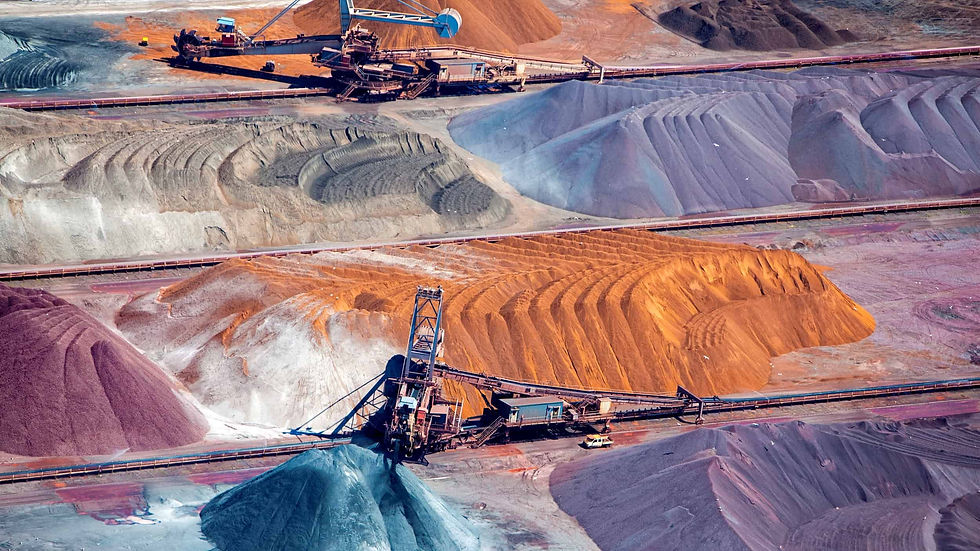Energy Resilience and Independence: The Cornerstone of a Secure Global Future
- Aegion Aerospace
- Jun 25
- 2 min read
If the 20th century was defined by who controlled energy, the 21st will be defined by who can sustain it.
Energy resilience—the ability of a society to anticipate, withstand, and recover from disruptions in energy supply—is no longer a niche priority. It is foundational to economic sovereignty, national security, and climate adaptation. Yet, despite unprecedented investments and innovation, the world remains dangerously dependent on fragile, centralized systems.
Where are we now?
Globally, fossil fuels still account for over 75% of energy consumption. The supply chains that power everything from national grids to critical industries are increasingly exposed to geopolitical conflict, trade instability, and climate-driven disasters. The energy transition is underway, but fragmented.
Europe is recalibrating its grid to reduce reliance on imported gas.
India and Southeast Asia are scaling solar, but face storage and transmission gaps.
Africa holds vast renewable potential but lacks enabling infrastructure.
The U.S. is leading in advanced battery innovation but struggles with grid modernization.
Small island and coastal states are already living the consequences of energy vulnerability.
Despite bold targets, true energy independence remains decades away—unless we change the approach.
What Will It Take to Achieve Energy Independence?
1. Diversified, Distributed Energy Generation

: Monolithic grids are brittle. Resilience demands a portfolio approach—solar, wind, geothermal, tidal, nuclear, hydrogen—tailored to regional strengths. Off-grid and microgrid solutions must be integrated with national plans.
2. Long-Duration Storage and Grid Intelligence: It’s not just how we generate energy, but how we store and move it. Innovation in solid-state batteries, flow batteries, hydrogen storage, and AI-driven grid management is crucial. Without scalable storage, renewables cannot provide base-load stability.
3. Critical Mineral Security and Substitution: The clean energy revolution is mineral-intensive. Lithium, cobalt, and rare earths are as geopolitically fraught as oil once was. We need transparent supply chains, recycling ecosystems, and material substitution R&D to democratize access.
4. Cross-Border Energy Diplomacy: No country achieves independence in isolation. Multilateral energy corridors, strategic reserves, and knowledge-sharing platforms must be established to weather global disruptions together.
5. Regulatory Reform and Investment Mobilization: Resilient energy infrastructure is capital-intensive and slow-moving. Governments must reform permitting, de-risk early-stage technology, and align incentives for the private sector to invest at scale.
6. Grassroots Innovation and Community Ownership: From solar cooperatives to local bioenergy projects, resilience is also about decentralizing ownership. Energy must shift from being a commodity controlled by few to a right enabled by all.
How Long Will It Take?
With coordinated global action, regional resilience could be achieved within 10–15 years. Full independence—defined as a closed-loop, renewably powered economy—may take 25–30 years, depending on political will, financing mechanisms, and technological breakthroughs.
But the timeline will be longer if we treat energy resilience as a climate issue alone. It must be reframed as a strategic infrastructure challenge, one that touches every dimension of modern civilization—defense, health, industry, education, and space exploration.
What’s Next?
The Vision 2060 podcast will explore these themes with leaders working at the frontier of energy systems—from fusion scientists and materials engineers to policy architects and grassroots innovators. The question isn’t just how we power our homes. It’s how we power our future.
Energy resilience is the foundation. Independence is the goal.The time to build is now.



Comments